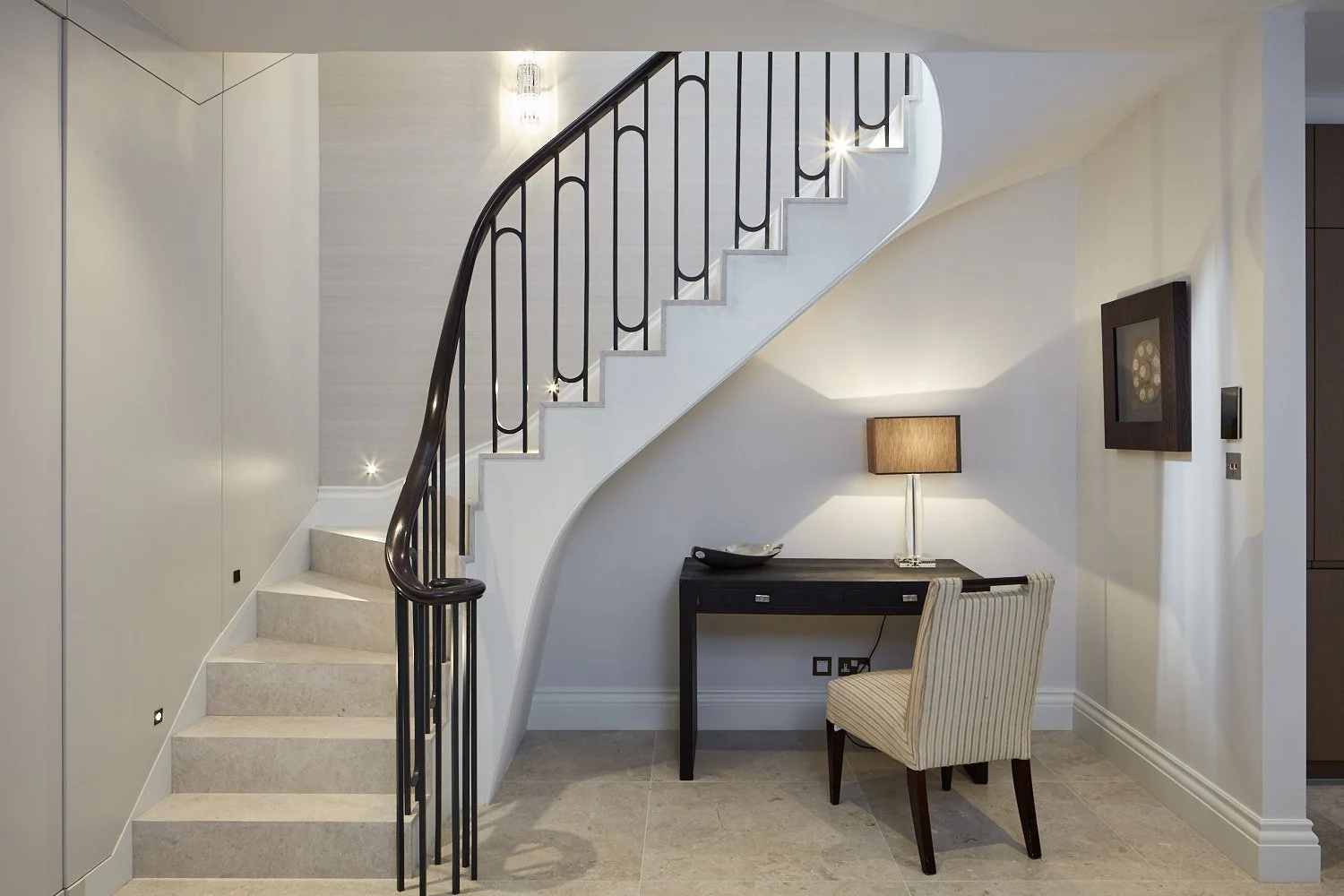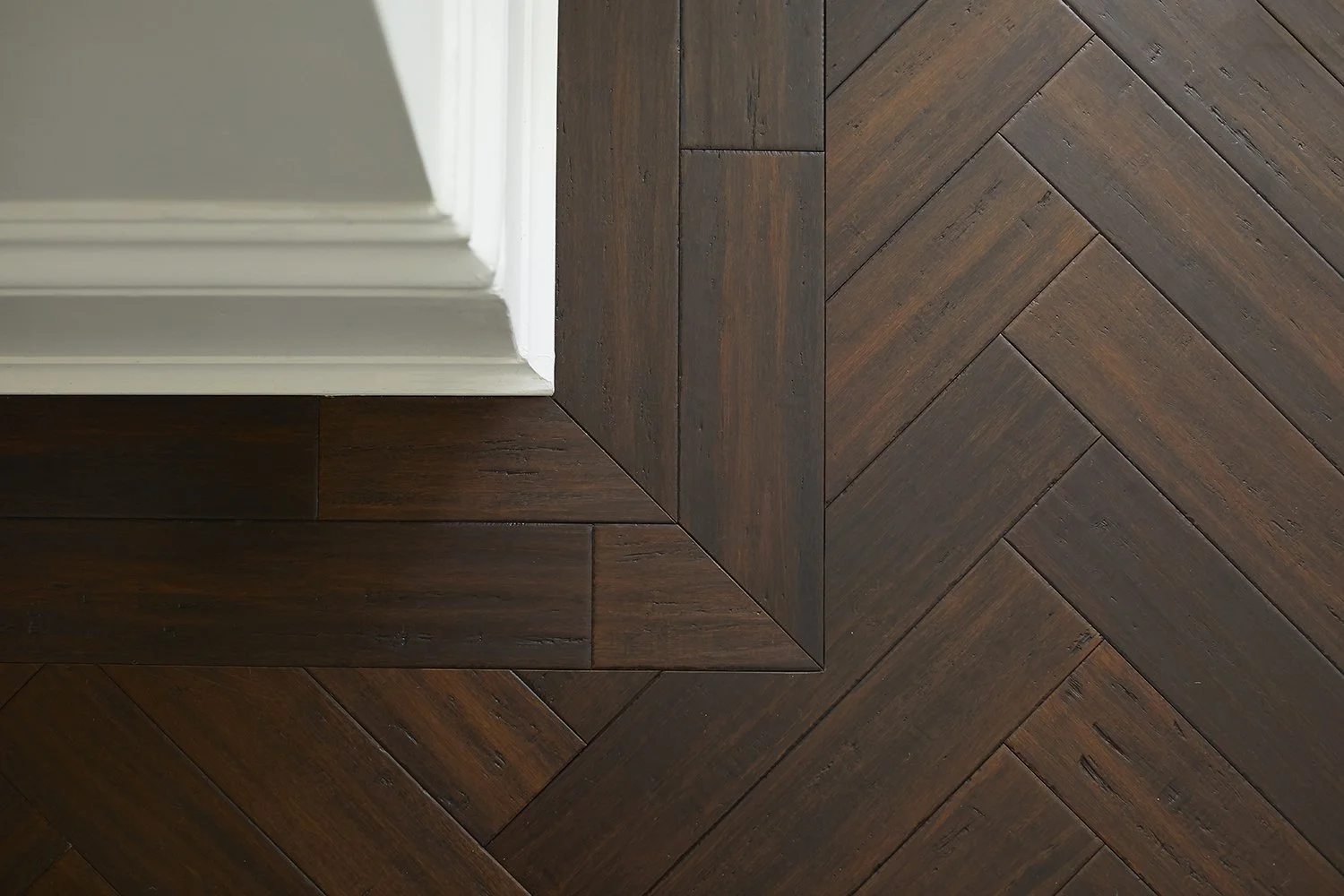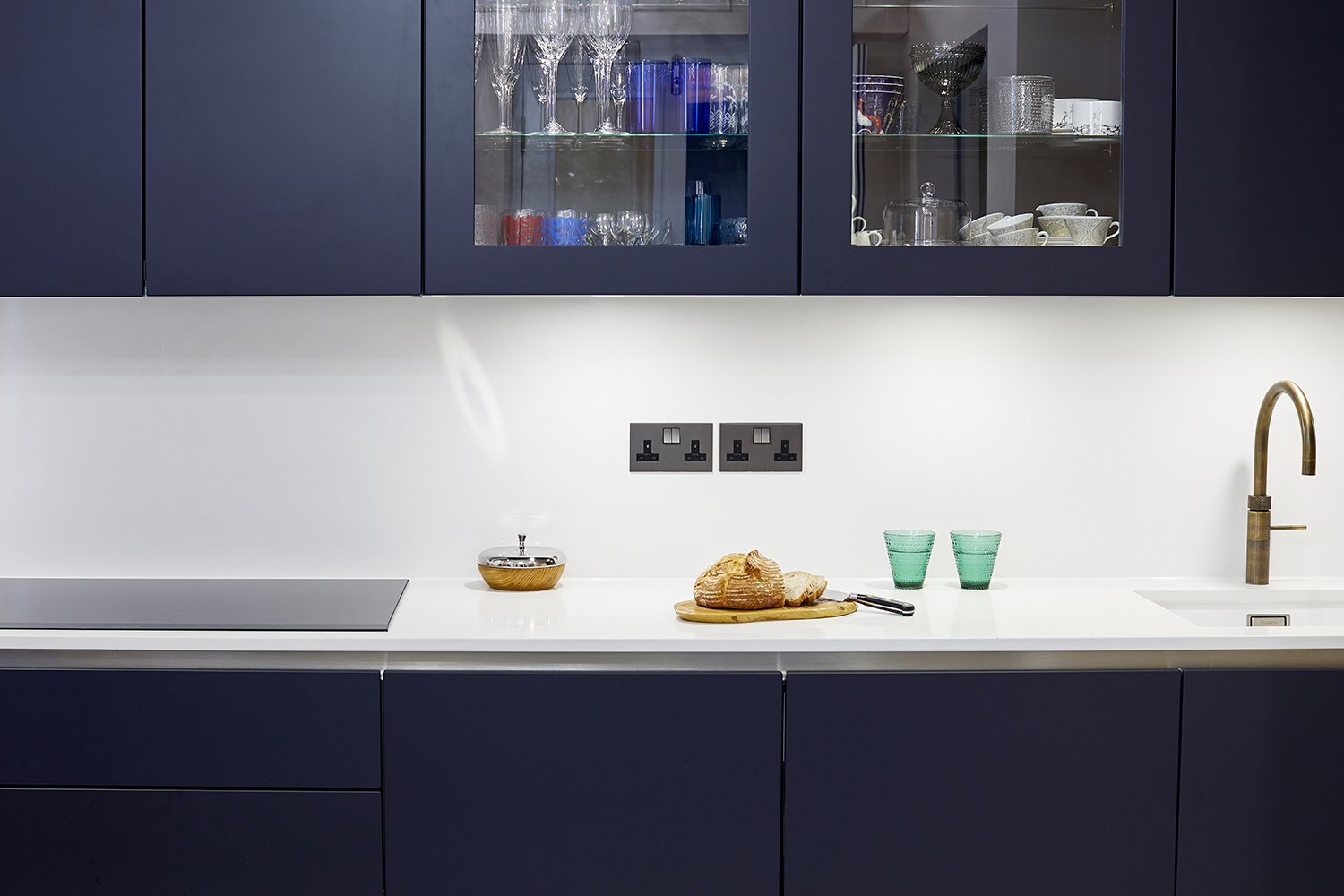The Secrets of Elegance in Architecture
When you think of elegance, do luxury and fashion come to mind? While fashion has its place, let's focus on luxury for a moment. Luxury can be incredible, but its meaning has become so inflated lately that it's almost lost its significance. Think about those poorly designed and built multi-unit developments on the edge of less privileged neighborhoods marketed as "luxury living"—it's easy to see the disconnect.
This isn't just about semantics; it's about understanding the difference between elegance and luxury. Though they overlap, they mean different things. Luxury often gets thrown around as a marketing buzzword, implying great comfort and elegance, usually at a high cost.
In contrast, elegance doesn't have to be expensive. It's about thoughtfulness. Elegant architecture focuses on a building's essence, proportions, relationship with its surroundings, and well-designed interiors. Let's explore the characteristics and elements of elegance and how they enhance architectural and interior design projects.
Elegance is timeless.
Pantheon, Rome, Photograph by Wenhong
This is its most striking characteristic. Regardless of the epoch, current fashion vibe, or personal preferences, there is something universal and profound in exquisite design and architecture. If you look at buildings like St. Paul's in London or the Pantheon in Rome, we admire their grace and elegance to this day.
How is that achieved? Through correct proportions, materials, and the use of light. Most classical buildings are based on the principles of the golden ratio. It is the most charming and pleasing for the human eye, and designs based on it are equally appealing. These principles can also be easily applied in modern design when you consider remodeling your home. Paying attention to the scale of new additions or even furniture is essential when you wish to extend or remodel your home. It is one of the first steps in the design process that must be done correctly to achieve the desired result.
The Significance of High-Quality Materials
Elegance is always high-quality—materials, applications, and experiences. That's probably why people associate elegance with significant expenses. However, that doesn't need to be the case. Using natural materials such as timber, stone, and tiles quickly achieves a timeless appearance. As natural materials have been around us for tens or even millions of years, our brains recognize them, and this familiarity is calming and relaxing. The intelligent application of glass and concrete can also positively contribute to timeless aesthetics. All these materials, when applied with craftsmanship and beautiful details, contribute significantly to an elegant and graceful appearance.
The Next Ingredient for Achieving an Elegant Design is Simplicity
The most genius ideas are straightforward. The same applies to design and architecture. That doesn't mean those simple ideas are easy to develop or implement, but the result is straightforward and beautiful. Let's look at an example like the Barcelona Pavilion—an iconic building from the early 20th century. Its simplicity is striking, almost overwhelming. The function is distilled to the bare minimum needed for a pavilion. The furniture designed specifically for the pavilion obeys the same principles of simplicity and functionality. If you have had the chance to sit in a Barcelona chair, you know it is incredibly comfortable. The proportions are developed to fit the human body, and the original finish is natural leather, which is smooth on the skin. Its appearance is so understated that you might not notice it in a room full of people.
This brings us to the following characteristic of elegance: the balance of beauty and utility or functionality. Elegant design is always functional and fit for purpose. From the Greek Temples to Apple and Dyson products, the history of architecture and product design is full of beautiful designs and highly functional structures. The Pantheon has a drainage system for rainwater that comes through the open dome. James Dyson wanted to improve existing products to be more functional and aesthetically appealing. The motto of the Bauhaus movement was "form follows function." Since then, we've inherited some of the most beautiful and elegant architecture, furniture, and products.
The Frankfurter Kitchen, Dieter Rams' furniture system, and Mies Van der Rohe chairs, to name a few, are highly functional. Their forms are simple to suit functionality, yet they are pleasant to work with and look at. There is a subtlety in their appearance that is striking yet not annoying. I call it quiet confidence, which is the essence of these products and contributes significantly to their timeless appearance and elegance.
The Art of Subtlety
I just mentioned it, and this is an important characteristic of elegant architecture and design: it is quiet and understated. Regardless of dimensions and materials, elegant architecture is calming. As an example, we could look into the Pantheon or, more recently, one of my favorite architects' works, Louis Kahn's Salt Institute. Other examples include the Tate Modern in London—the original building and the recent extension. Also, the work of Japanese architects SANAA and Herzog & de Meuron. All these buildings are grand and impressive in their own way, yet understated and calming. This is the subtlety I mean.
This is achieved through consistency and thoughtfulness. The flow of the functions and spaces, materials, details, and lighting—all of it is in perfect harmony. It is simple and functional, and it fits the main purpose of the building, the place where it is built, and the people who use it. We go to these buildings or use these products because they are pleasant and easy to use. It doesn't require screaming colors and crazy shapes. All it needs is for the building to fulfill its function, and it feels lovely to spend time there.
Elegance is an experience that starts with the appearance and concludes with the use of a building and the feeling you carry within you after leaving it. Elegant buildings—traditional or modern—are created to contribute positively to the human experience of living, working, or playing. Their whole design and implementation are dedicated to that intention. Because these activities are so universal and as old as our human race, buildings that fulfill these intentions and make us feel good are the ones we experience as elegant and want to keep and continue using for as long as possible, as much as possible.





